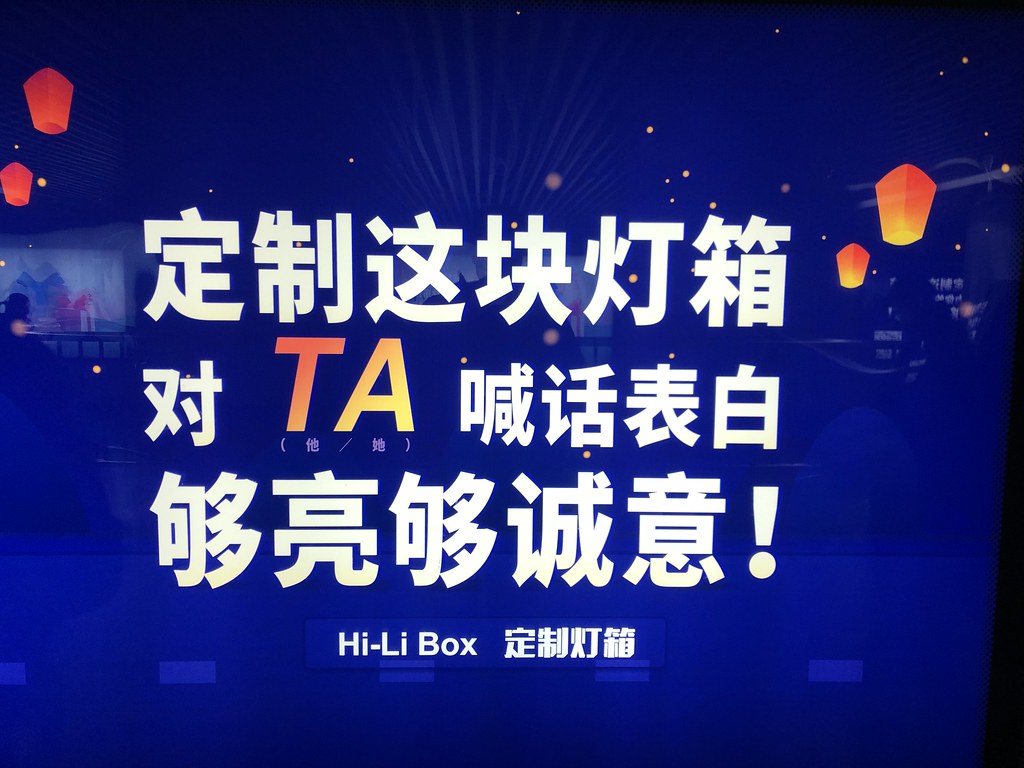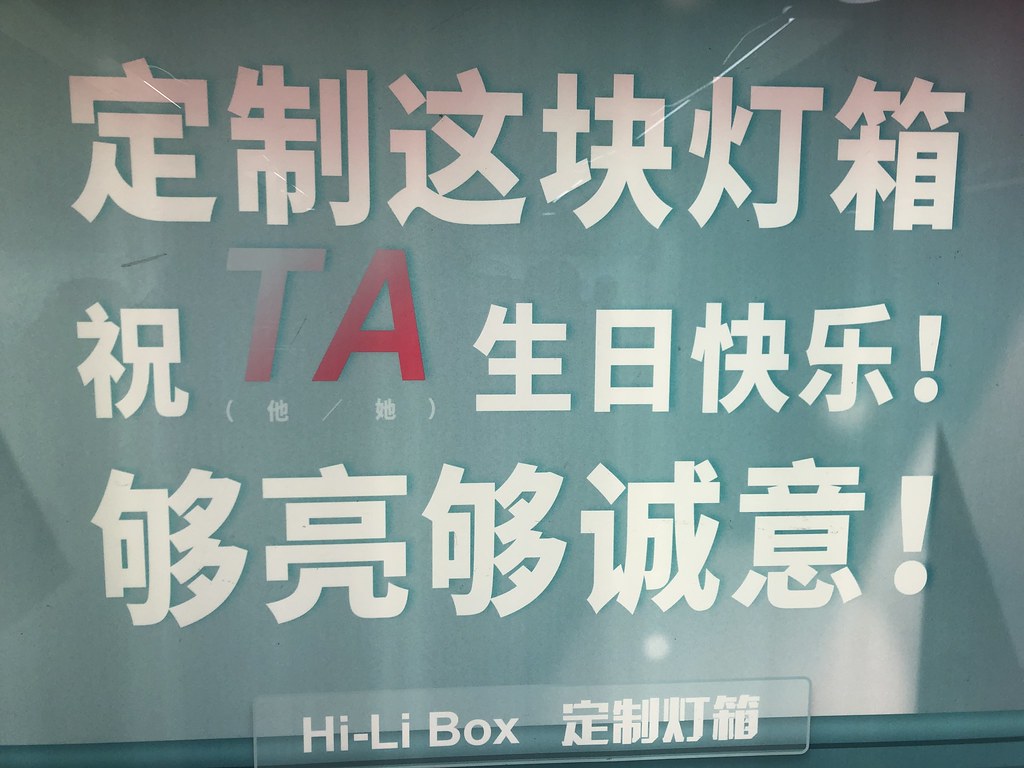TA: Pinyin with a Purpose
Mastery of pinyin is important for every beginner learner of Mandarin Chinese. This much is widely agreed upon (although not always thoroughly executed). But what about adult native speakers of Chinese? Aside from using pinyin to type, or maybe occasionally to look up an obscure character which they can guess the reading for, there’s not much use for pinyin in their literate lives, right?
Well, you’re mostly right. Pinyin is mostly supplanted by characters among the literate Chinese population. But there is one small exception: TA.


These Shanghai Metro ads are entirely in Chinese except for the “TA.” This phenomenon is fairly common in advertising in China, although these are definitely the best examples I’ve seen because not only are they incredibly clear and highly visible, but they also actually include the meaning of the pinyin “TA” in characters underneath. In case you can’t see clearly, what it says under “TA” is:
( 他 / 她 )
So the point of using “TA” instead of characters is that it leaves the gender unassigned, so that the hypothetical person referred to in the ad can be male or female in the minds of the consumers. I’ve noticed that it is typically written in all caps, as well.
This is, in essence, doing what pinyin does best: providing the sound while leaving the meaning in question. This is something that Chinese characters are often not especially well-suited for, particularly in this case.
(Ironically, the character 他 was not always a “male pronoun” but it kind of evolved that way, and only in the 20th century. Now to escape that corner 他 has been boxed into, the new generation is turning to pinyin.)
For a more scholarly take, be sure to read Victor Mair’s article on Language Log: The degendering of the third person pronoun in Mandarin (Dr. Mair always gets to these topics first!)

Query from a lurker on your blog with no knowledge of Mandarin: what does the ad actually say?
“Mastery of pinyin is important for every beginner learner of Mandarin Chinese”
By ‘beginner learner” do you mean adults? Kids actually don’t need pinyin (though that’s the method in Mainland China) to learn Mandarin.
No, I meant any (non-native) learner.
I recognize that zhuyin works great and has advantages, but due to the current market, I still recommend starting pinyin with pinyin without reservation, UNLESS you are in Taiwan or have particularly strong Taiwan connections.
[…] For uses of TA “in the wild,” see this article: TA: Pinyin with a Purpose. […]
[…] For uses of TA “in the wild,” see this article: TA: Pinyin with a Purpose. […]